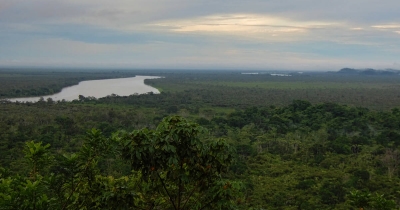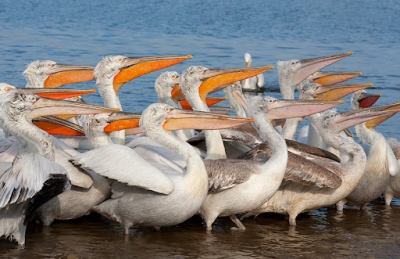Why Los Katios National Park is unique?

Spread across more than 720 sq km on the northwestern part of Colombia, the Los Katios National Park is contiguous to the Darien National Park in the neighbouring country of Panama. Though located in South America, the region is considered a major convergence zone of North, Central, and South America. It is because of this very reason that the Park offers a startling variety of flora and fauna. Spanning hills, tropical and humid forests, alluvial plains, swamps, and marshes, it has an unusual ecological setting that nurtures more than 600 species of vegetation, including palms and several others endemic to the region. It shows exceptional biodiversity in terms of fauna too, with many threatened species calling the place - their home.
Declared a UNESCO World Heritage Site in 1994, the Park was placed on the Danger List in 2009 due to the severe damage it suffered because of illegal poaching, fishing, and logging. However, continued patrolling and engagement with local communities in preserving the habitat paid off, and the Park was removed from the list in 2015.
Wildlife
The Park is part of one of the most species-rich lowland forest areas in the world. Small wonder it nurtures a wide range of fauna. The area is said to have more than 550 species of vertebrates, excluding fish and including more than 400 species of birds. It is believed to be the only region on the continent where many Central American species are found. This includes the threatened American crocodile, giant anteater, and Central American tapir also known as Baird's tapir. Among other species that can be spotted here are the jaguar, west Indian manatee, bush dog, deer, rodents such as coypu and wild mouse, fox, bear, monkey, and marmoset. Among the birds that can be seen here are tinamous, New World passerine birds, shrikes, quails, humming birds, warblers, doves, macaws, pittas, and puffbirds, in addition to the harpy eagle, northern screamer, and the great currasow.
Threats
The region requires close monitoring even today since concerns in the form of illegal and development activities remain. In fact, according to the International Union for Conservation of Nature's latest assessment (2020), the conservation outlook for this site is of "significant concern". Placing the park on danger list all those years ago did help improve the situation in the region, and some of the efforts continue to be in place. But of utmost concern is the illegal and excess use of legal natural resources. The continuous unsustainable depletion of resources could affect both flora and fauna of the place in the long run. This includes fishing and shellfish harvesting on a scale that may not be sustainable in the future. Security of the property was a concern earlier, and steps were initiated to improve that. However, despite that, illegal activities around the property and the presence of armed groups within it have been reported. Though they do not appear to pose any threat right now, it could later on, if left unchecked. Proposed developmental projects such as roads and power transmission corridors do not suggest "acute threat" yet, but "adequate environmental and social assessment are required to ensure that the natural environment of the property are not damaged in any way if and when these projects are executed.
Picture Credit : Google
